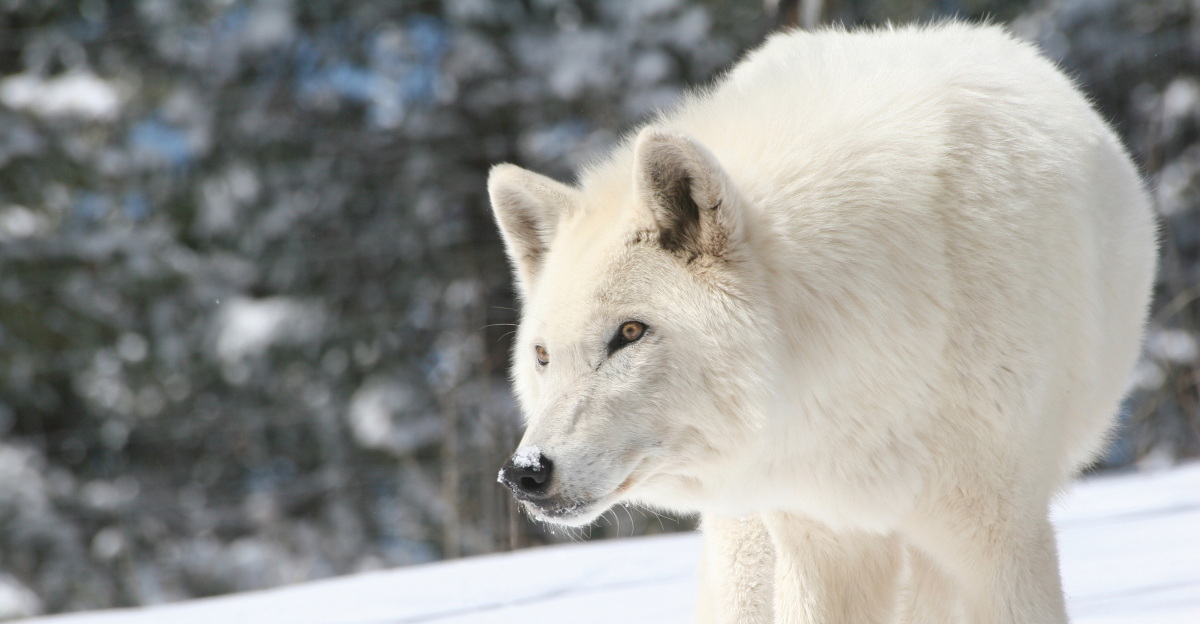
Wolves are not just survivors but the embodiment of raw, adaptive power. For centuries, they’ve traversed the American landscape, surviving through glaciers, bullets, and bulldozers.
Despite centuries of persecution, habitat loss, and shifting ecosystems, wolves have shown that their survival is not just a matter of luck; it’s got more to do with their resilience, intelligence, and a bit of human help.
From icy tundra to modern-day conservation labs, wolves have escaped extinction with incredible strength. So let’s take a look at nine reasons why, and how, wolves continue to survive against all odds in the American wilderness.
1. Pleistocene Survivors: Bouncing Back Through Ice Ages
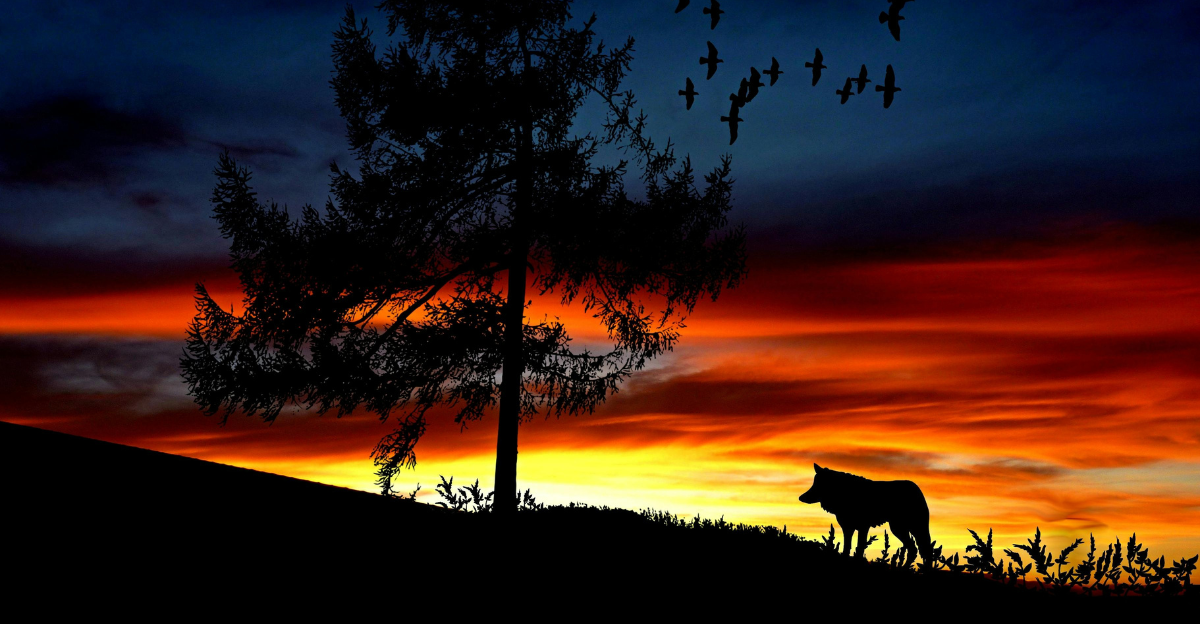
Wolves first appeared in North America over a million years ago, long before the end of the final Ice Age. In the Pleistocene, they weathered glacial advances, large predators, and mammoth extinction.
They survived by shifting diets, pursuing migrating herds, and regional adaptation. With the extinction of saber-toothed cats and dire wolves, the gray wolf endured, outliving more than 85% of megafauna extinction. This was due to both biological and strategic survival.
Wolves survived changes in climate, geography, and food sources. That ageless resilience is encoded in their genetic blueprint, allowing them to face modern-day environmental adversity with relative ease.
2. Pack Dynamics: Social Structures That Insure Survival

Wolves are masters at cooperation. Their tight-knit pack structures are more like families than hunting groups. Each member from Alpha to Omega has a role, and the pack functions with military proficiency.
Pups are reared communally, hunts are coordinated, and fights are rare. This complex social structure reduces stress, maximizes hunting success, and facilitates the upbringing of strong, socialized generations. Further, the pack hierarchy has allowed wolves to dominate rivals, maintain peace, and recover strongly from defeat or environmental change.
In contrast to predatory mammals that wander alone, wolves become powerful in their unity. Their pack is reminiscent of early hominid communities, suggesting that group cohesion offers evolutionary benefits across species.
3. Ecological Engineers: Shaping Ecosystems Through Trophic Cascades
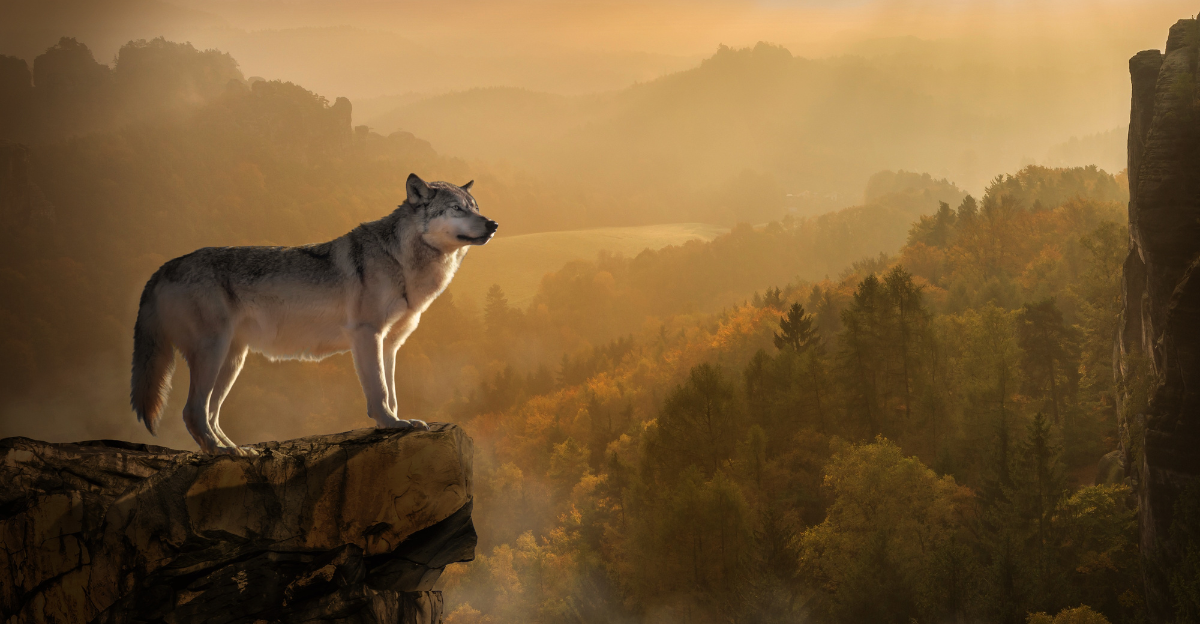
Wolves don’t just live in environments—they build them. As apex predators, they regulate prey species, impacting plants, riverbanks, and overall biodiversity. Proving that when wolves are present, ecosystems receive balance and dynamism.
For example, when wolves were brought back to Yellowstone in 1995, it triggered a now-famous trophic cascade: elk populations fell, willow trees recovered, beavers rebuilt wetlands, and even bird song returned. Order was returned by wolves.
Their environmental impact is so significant that scientists have had to label them as “keystone species.” Unlike most other apex predators, wolves offer something beyond dominance—renewal. They forge strength in whole landscapes and illustrate that predators are biodiversity architects, not bulldozers.
4. Genetic Plasticity: Adaptation to Variable Environments
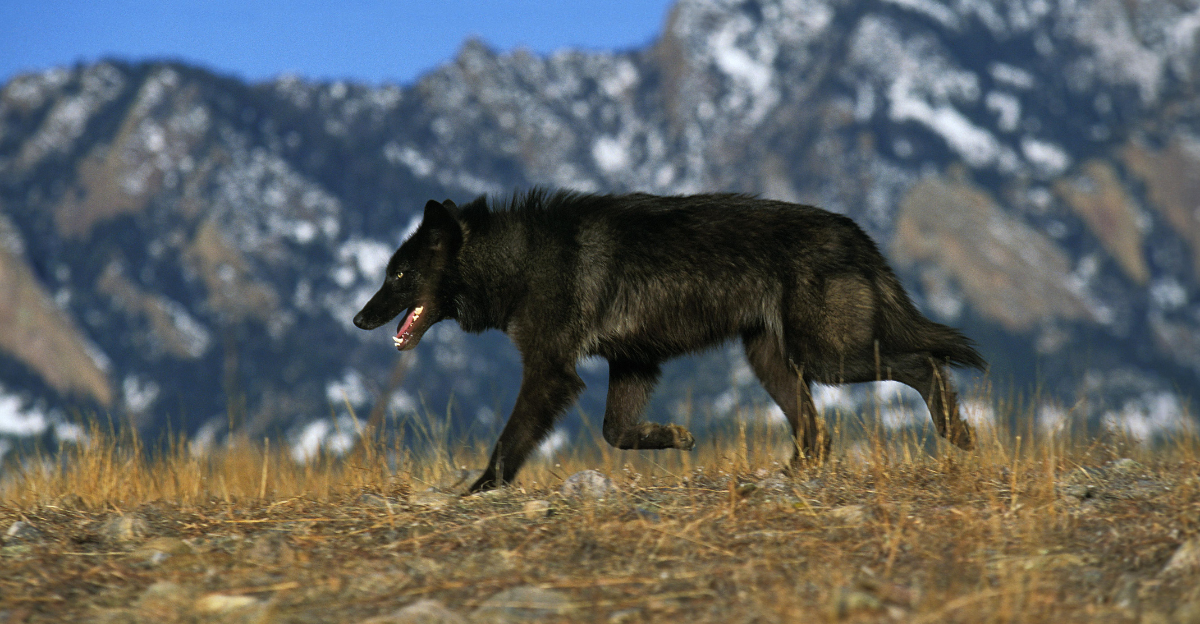
Wolves have evolved into various ecotypes—regional adaptations shaped by landscape, prey, and climate. From Canada’s massive Mackenzie Valley wolf to the United States’ southeastern red wolf, their diversity is breathtaking.
Unlike most predators with specialized habitats, wolves have an exceptionally adaptable genome. They can physically and behaviorally adapt to deserts, tundra, forests, and even the outskirts of cities.
Genetic studies demonstrate that adaptability is the key to their survival. They can interbreed with coyotes and dogs in seclusion, creating hybrid populations that inherit wolf traits, even when faced with habitat fragmentation.
5. Cultural Significance: Sacred to Indigenous Peoples
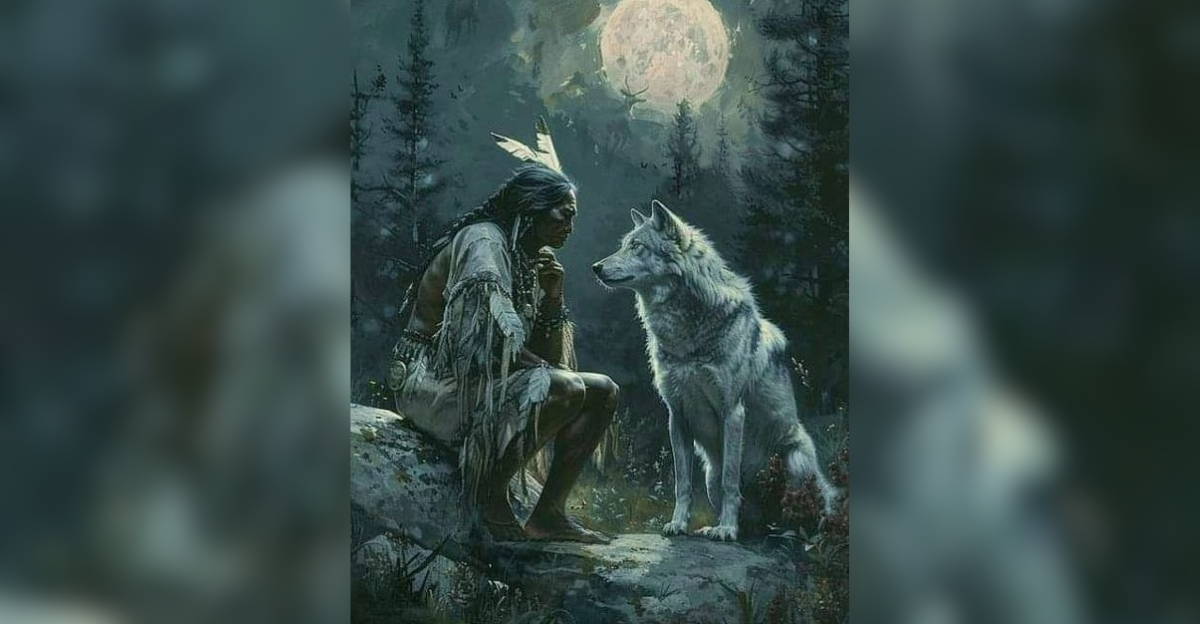
Before European colonists arrived, wolves were not killed but honored. Indigenous societies across the Americas revered wolves as spiritual leaders, protectors, and teachers.
To the Navajo, they were sacred animals; to the Pawnee, they were symbolic warriors. Oral histories presented wolves as clever and loyal and typified human family dynamics. Such cultural respect meant that wolf populations were protected for centuries.
While settlers brought extermination efforts, the majority of Native American communities resisted and practiced cohabitation. Modern tribal governments remain instrumental in wolf restoration. Unlike modern ranching narratives that portray wolves as evil, Indigenous storytelling honors their evolution and wisdom.
6. Conservation Actions: Human Interventions on Behalf of Wolf Populations
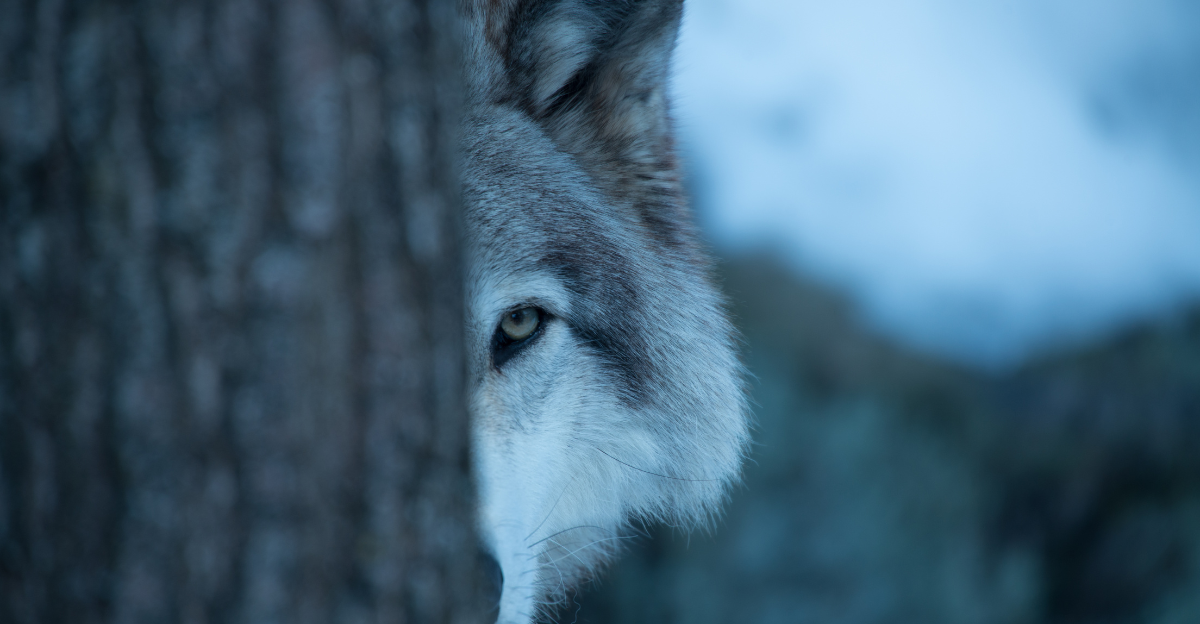
Wolves might be wild animals, but their survival now depends partly on human advocacy. Ever since the 1970s, conservationists have fought to save them from virtual annihilation. Traditional campaigns like the Endangered Species Act, the reintroduction in Yellowstone, and sanctuaries like Mission:Wolf have created a consistent presence.
Certain efforts even involve wolves in education outreach, using single wolf ambassadors to make them more palatable to humans. These efforts blend science, politics, and passion—a questionable mix that’s proven successful.
Though not everyone embraces wolves, coordinated federal and non-governmental efforts have won legal protection and public empathy. While conservation has become mainstream, it’s crucial to their overall survival.
7. Accommodation to Environmental Changes: Thriving in the Shadow of Human Growth

Wolves now face threats such as roads, fences, guns, and shrinking wildlands that result in habitat loss and fragmentation, and overall population declines. Still, they adapt, relocating when their habitat is destroyed by human settlements.
GPS-tagged wolves have been seen crossing roads, avoiding towns, and modifying routes during hunting season. Wildlife Society research suggests that wolves alter their behavior in response to climate change, urbanization, and habitat loss.
Unlike more fragile predators, wolves show a special ability to survive not only in the wilderness but also in the Anthropocene. As increasingly human-made shapes our world, their stealth, resourcefulness, and hardiness make them survivors in the long haul.
8. Educational Impact: Shaping Public Opinion Through Awareness
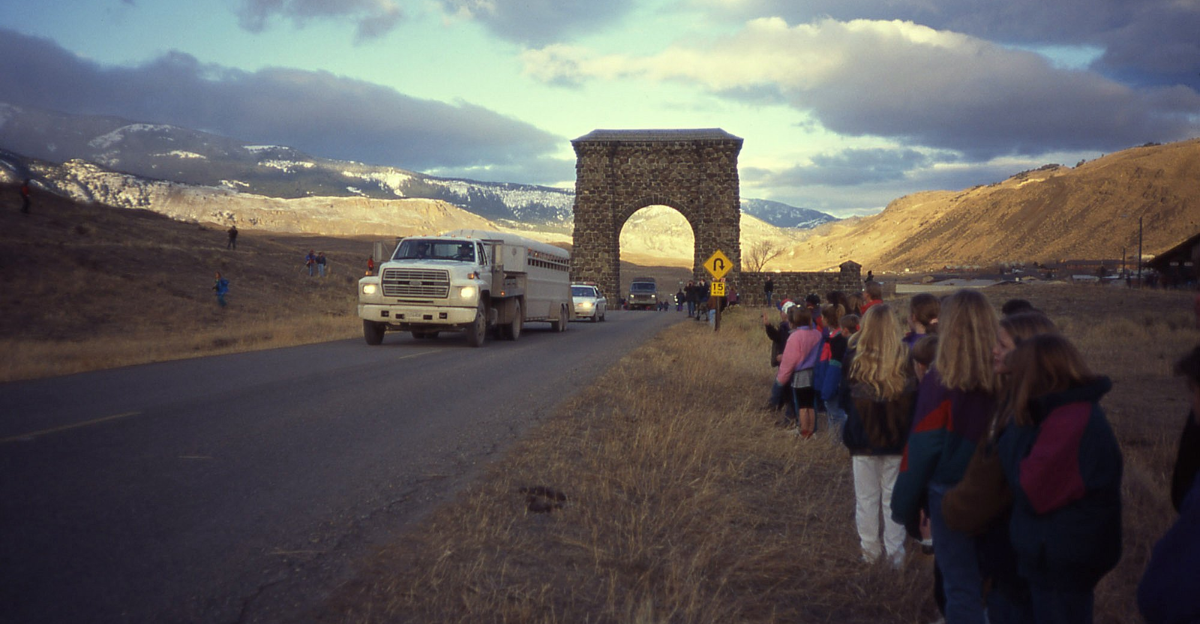
Fear and folklore once made wolves villains, but education is changing that. Projects like Mission:Wolf use live wolves to foster human connection in schools, zoos, and legislation. The idea is that meeting a wolf face-to-face dispels myths and provokes empathy.
Research illustrates that conservation messages are better understood by youth and the general public when presented with real animals. Wolves are reimagined as symbols of ecosystem health, not threat, redirecting the cultural narrative from Little Red Riding Hood to ecological necessity.
Informed citizens are more likely to pass laws and participate in rewilding efforts. Education has not only improved the species’ image but also reshaped protection policies, ensuring further preservation and understanding.
9. Global Recovery Patterns: Wolves Recovering in Human-Networked Habitats
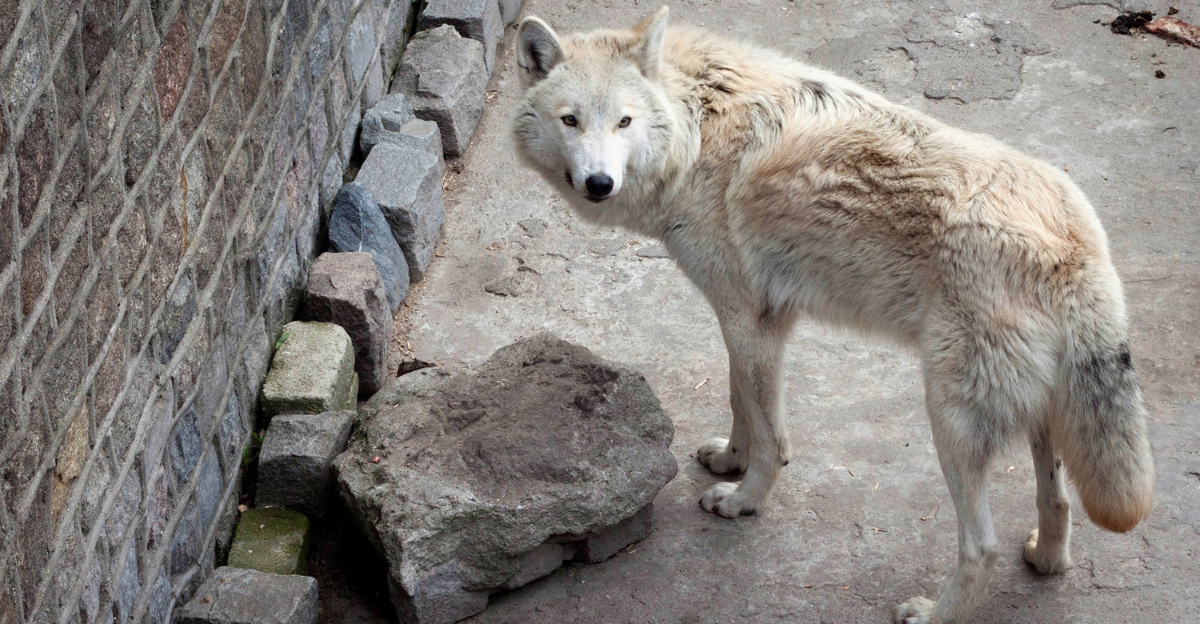
Wolves are not only recovering in America—they’re enjoying a global renaissance. In Europe alone, where over 21,500 wolves now roam, numbers have increased by 58% in the last decade. Remarkably, many of them thrive in populated regions like Germany, Italy, and France.
This defies the conventional wisdom that predators and humans cannot live harmoniously. These trends bring hope and practical models to North America. Better livestock management, migration and habitat corridors, and legal protections all contribute to keeping wolf populations stable.
Thus, their ability to live in concert with humans without significant strife dispels the myths of the past. If they can rebound over highways and fields, extinction is not only a distant concern; it’s preventable.
Explore more of our trending stories and hit Follow to keep them coming to your feed!

Don’t miss out on more stories like this! Hit the Follow button at the top of this article to stay updated with the latest news. Share your thoughts in the comments—we’d love to hear from you!







